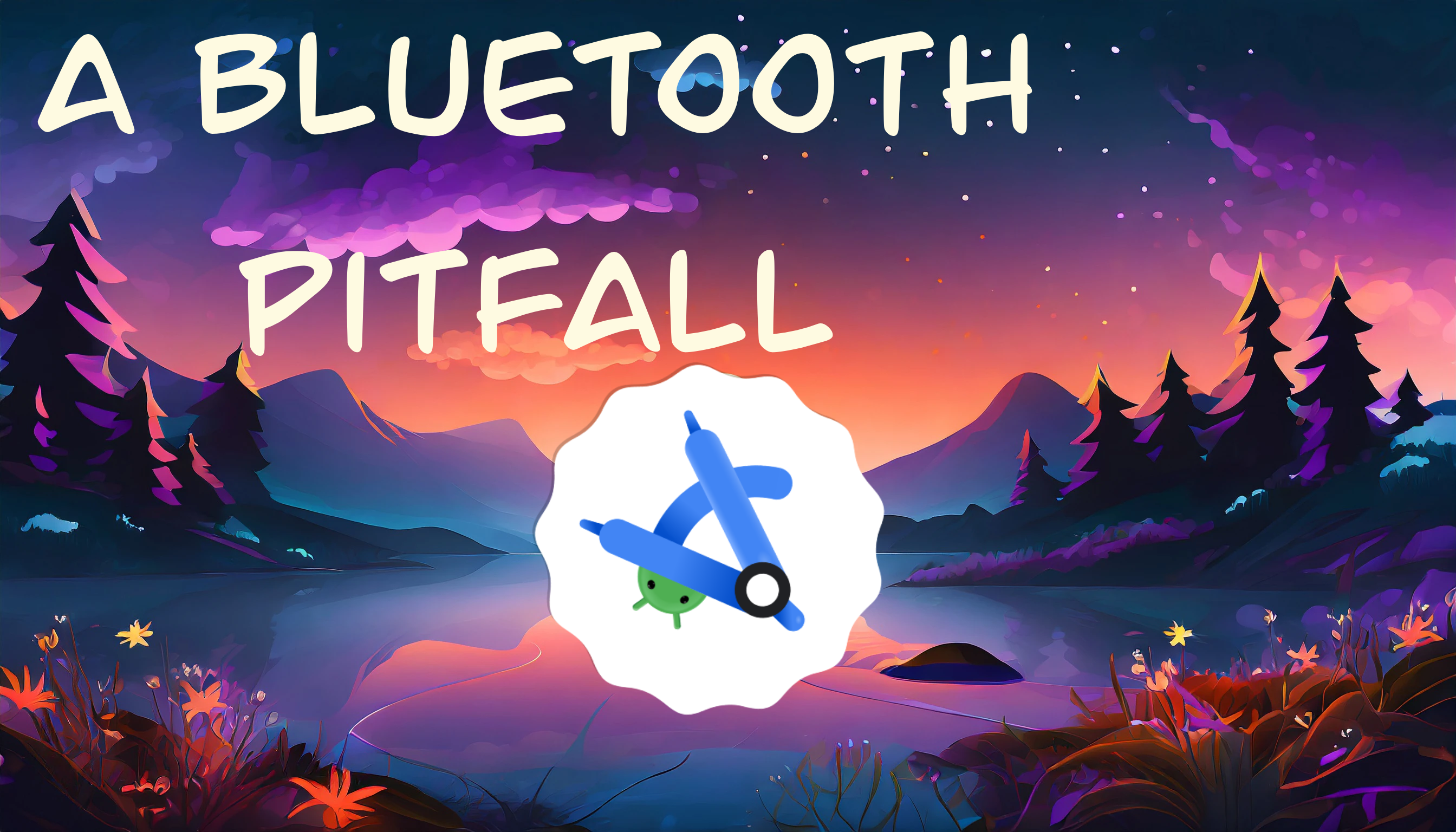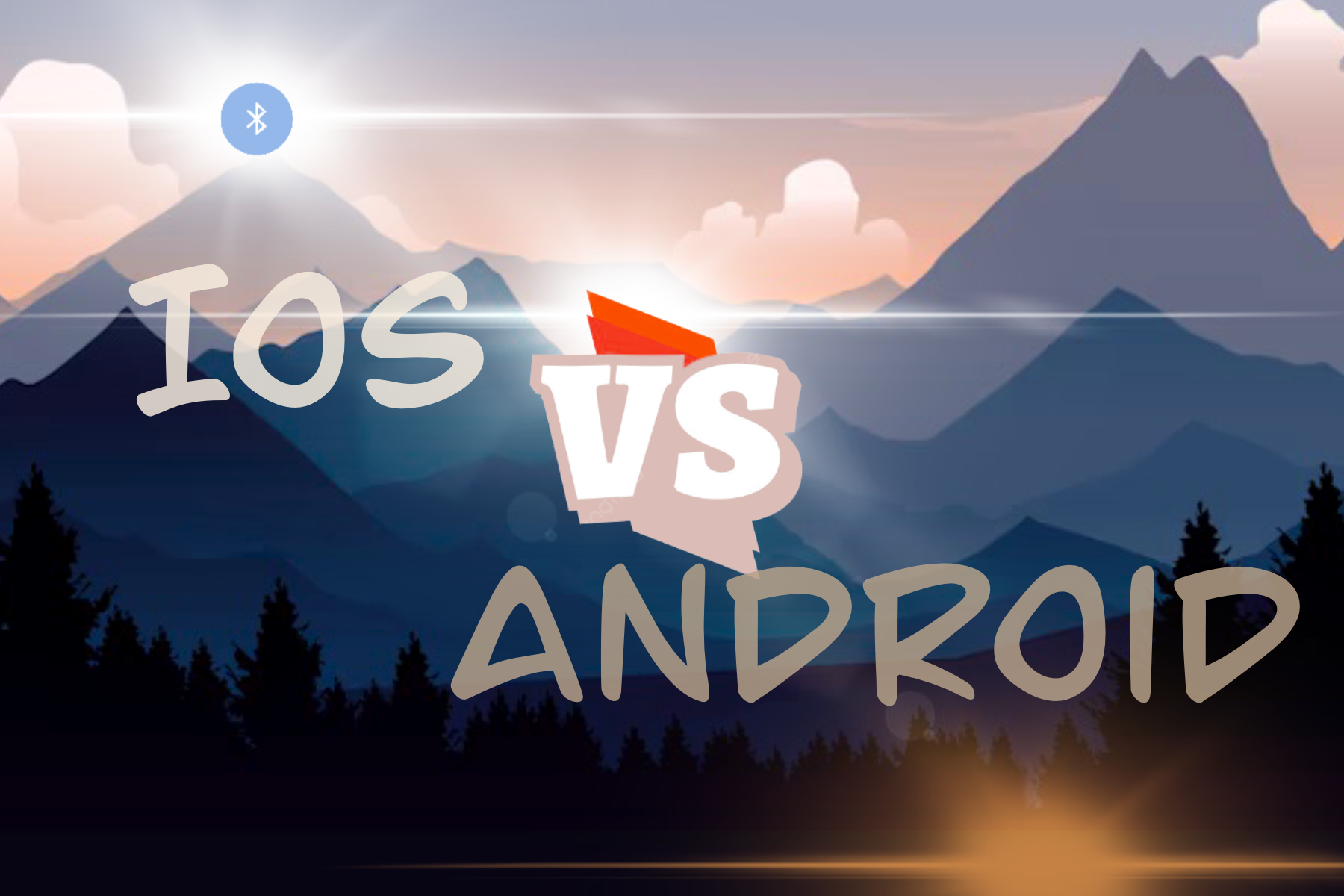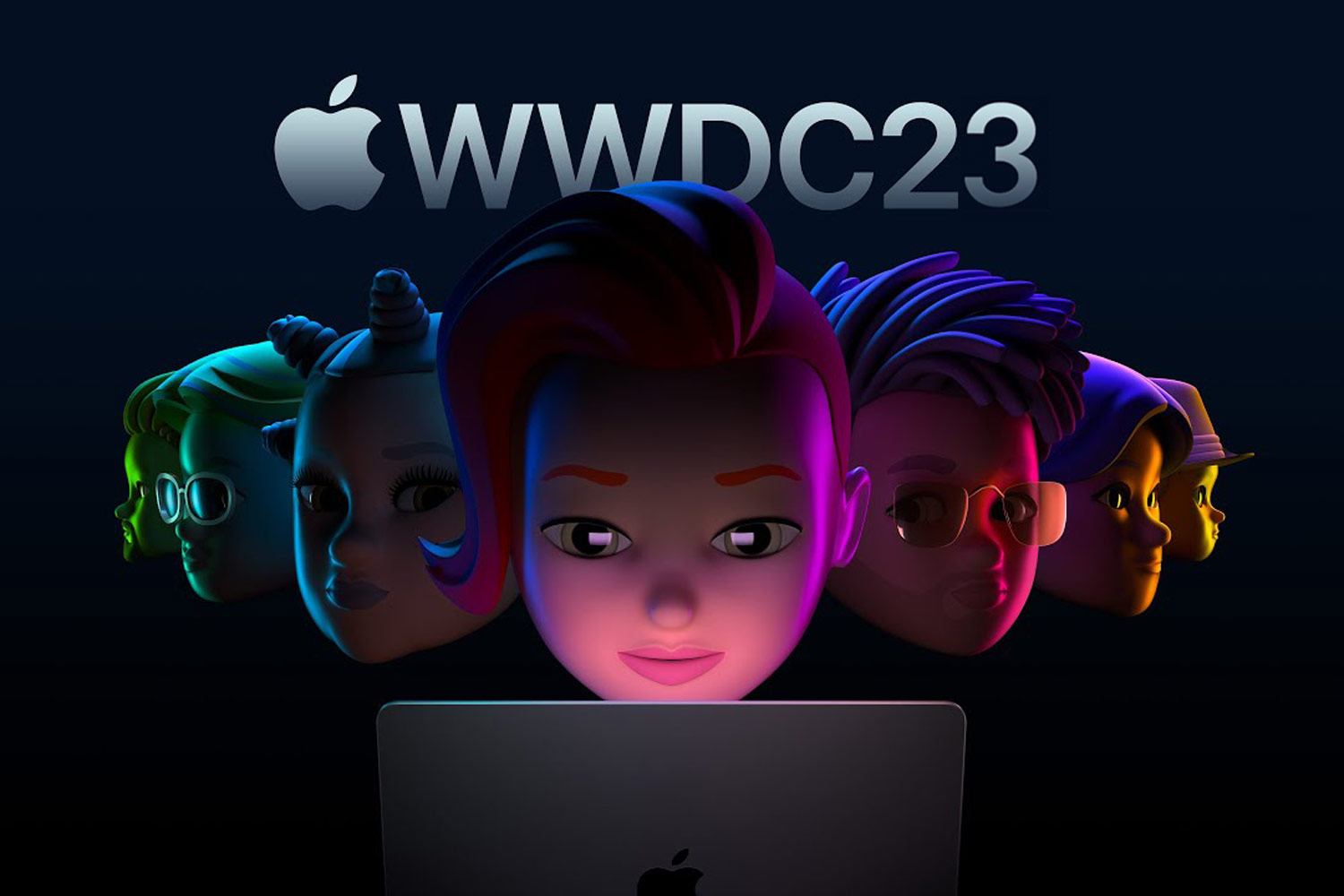iOS 18: What's news in CoreBluetooth?

AccessorySetupKit, introduced in iOS 18, revolutionizes how third-party Bluetooth and Wi-Fi accessories integrate with iOS devices. This framework delivers a seamless setup experience, enhancing convenience for users and expanding capabilities for developers.
While AccessorySetupKit supports discovery for Bluetooth, Wi-Fi, and Local Network devices, this post will focus specifically on BLE (Bluetooth Low Energy). The setup process for Wi-Fi and Local Network devices follows a similar approach.








